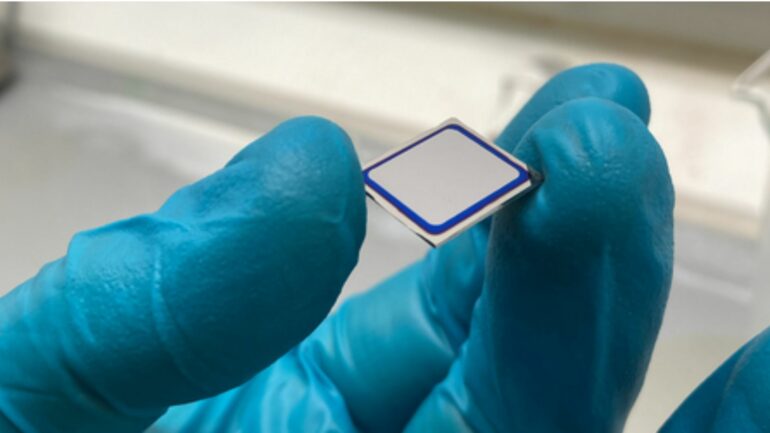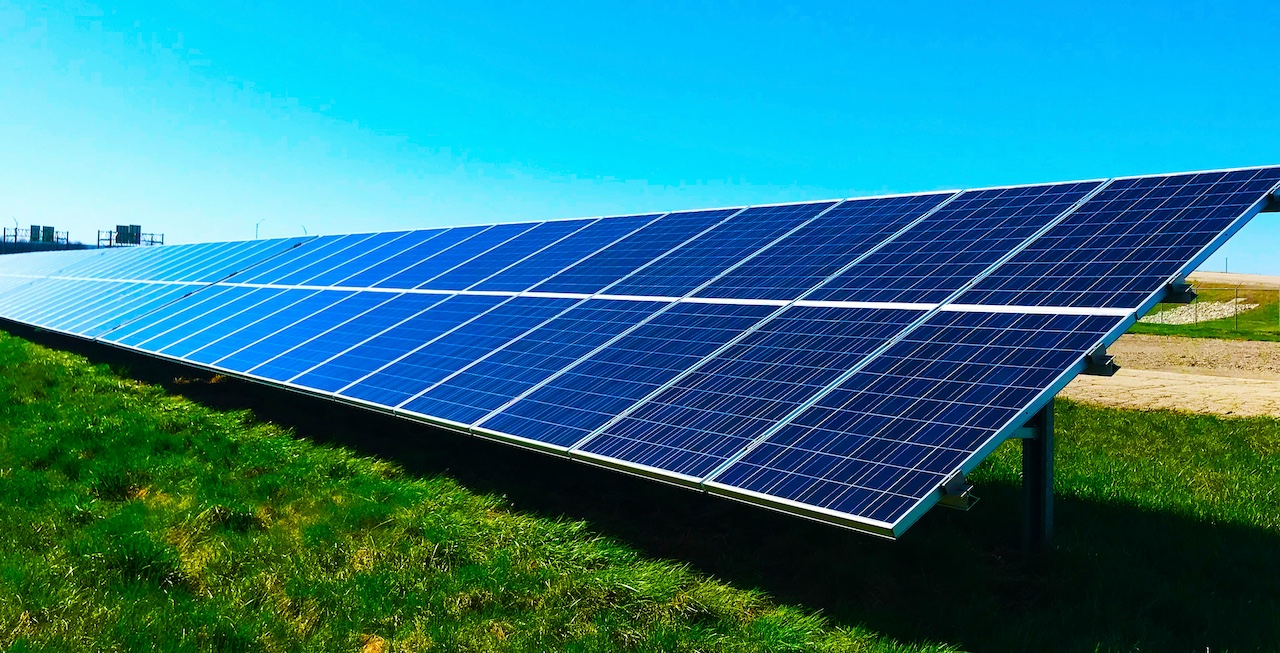As the world grapples with the urgent need to transition away from fossil fuels, solar energy has emerged as a promising and sustainable alternative. However, one of the major challenges in harnessing solar power has been striking the right balance between efficiency and affordability. Traditional solar cell technologies, while cost-effective, often struggle with lower energy conversion rates, while newer, more efficient approaches can be prohibitively expensive.
Table of Contents
Breakthrough “Solar Sandwich” Promises Cost-Effective and Efficient Energy Solution
In a groundbreaking development, researchers at the Technical University of Denmark have unveiled a novel solar cell design that could potentially revolutionize the solar energy landscape. Their innovative approach involves combining two distinct photovoltaic materials – selenium and silicon – in a tandem configuration, dubbed the “solar sandwich.”
The tandem cell concept is not new; it involves stacking two layers of photovoltaic materials to capture a broader range of the solar spectrum, thereby increasing overall energy conversion efficiency. However, integrating different materials can significantly drive up production costs, undermining the economic viability of such solutions.
The research team’s ingenious solution lies in pairing the cost-effective selenium with the highly efficient silicon. Selenium, a classic solar cell material, offers lower production costs, while silicon is renowned for its superior energy conversion capabilities. By carefully layering selenium atop silicon, the researchers have created a powerful tandem configuration that combines the best of both worlds.
The “solar sandwich” design leverages selenium’s wide bandgap absorption ability, enabling it to capture high-energy photons from the solar spectrum. Meanwhile, the underlying silicon layer effectively converts the lower-energy photons that pass through the selenium layer. This synergistic combination allows the tandem cell to harness a broader range of the solar spectrum, ultimately boosting overall energy conversion efficiency.
While the initial efficiency of the prototype solar sandwich stands at a modest 2.7%, the researchers are confident that further refinements in material engineering and optimization will significantly enhance its performance. Their projections indicate that this innovative solar cell design could rival or even surpass the efficiency of existing technologies, while maintaining a significant cost advantage.
The research, published in the prestigious journal PRX Energy, has garnered widespread attention from the scientific community and industry alike. The solar sandwich approach represents a promising step towards realizing the full potential of solar energy as a viable and sustainable solution to meet the world’s ever-growing energy demands.
By seamlessly integrating traditional and cutting-edge technologies, this breakthrough paves the way for the development of cost-effective, high-efficiency solar cells that could accelerate the global transition towards a greener, more sustainable future.


